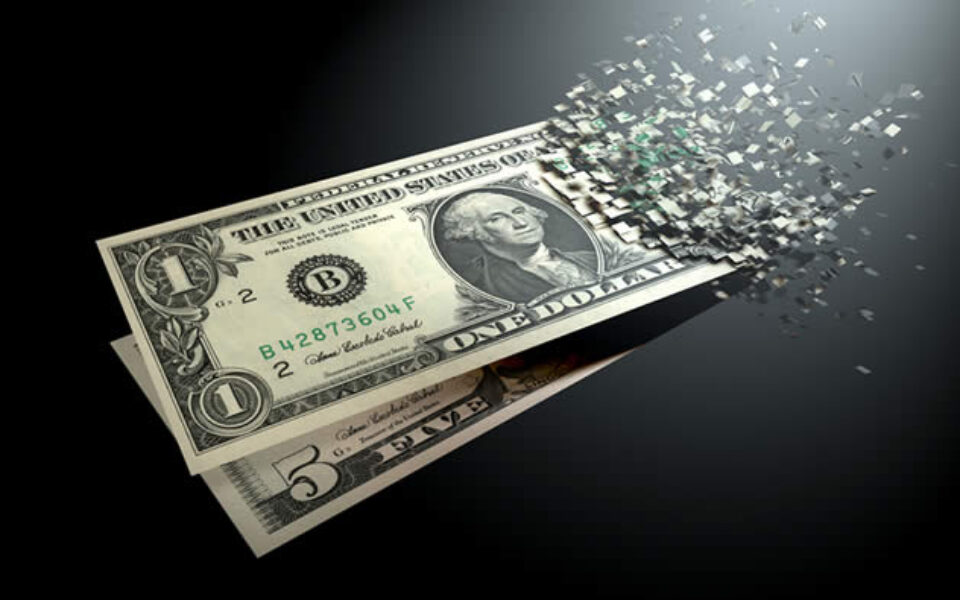Times Change: Evolving Role of the Damages Expert
By Ricardo Zayas, CPA, CFE, CVA, CFF, Partner, Advisory Services
The issue of “reasonable certainty” continues to garner interest. In response, the AICPA recently released two new practice aids — Attaining Reasonable Certainty in Economic Damages Calculations: Revenues, Costs, and Best Evidence (2018) and Attaining Reasonable Certainty in Economic Damages Calculations (2019).
What is reasonable certainty? An internet search will produce an abundance of results identifying “reasonable certainty” as one requirement for proving financial damages. To that end, and to my best recollection, every “expert” report I have issued regarding financial damages in a litigation context has contained a statement making clear that opinions included within the report were being expressed to a “reasonable degree of professional certainty.” So, while we are all striving to achieve this “reasonable certainty,” there is no road map to get us there.
While we may not have a road map, we now have guidance that has evolved from many cases and challenges to the admissibility of “expert” testimony. Somewhere at the confluence of “proximate cause,” Daubert / Frye challenges and motions in limine, criteria for meeting the reasonable certainty threshold have evolved.
The guidance that exists today was not always available. For example, the following discussion illustrates the CPA’s and other financial experts’ evolving obligation to be cognizant of the “proximate cause” of a claimed loss.1
Colleagues who have practiced in this “damages” arena for some time will recall the days when:
- A business would have a precipitating event, such as a casualty loss, breach of contract or theft of trade secrets;
- The business would suffer a measurable business loss, perhaps lost sales and corresponding profits; and
- The loss was obviously attributable to the precipitating event identified in A.
Simply stated, the financial damages expert would assume that the proximate cause of the claimed loss was the precipitating event, typically after receiving a directive from counsel to assume that the precipitating event was the proximate cause for the claimed loss. Counsel’s directive would be appear as one of several assumptions upon which the loss was calculated.
Fast forward to today, and you will find multiple examples of where the validity of the proximate cause assumption was challenged. My first specific recollection of a challenge to this assumption occurred in 2006 in a Memorandum Opinion issued by the Delaware Chancery Court, captioned “PENN MART SUPERMARKETS, INC. t/a THRIFTWAY, Plaintiff, v. NEW CASTLE SHOPPING LLC d/b/a, a/k/a New Castle Shopping Associates, NWL HOLDINGS, INC., and NWL OF NEW CASTLE, INC., Defendants” (C.A. No. 20405-NC).
Plaintiff Penn Mart operated a food market in a shopping center. Its lease with New Castle Shopping, LLC contained provisions whereby the landlord would not lease to another tenant that sold food or food products. Despite this restriction, the landlord entered into a lease with the Dollar Store. The Dollar Store sold food products and maintained a food department. Penn Mart commenced litigation for a violation of the lease provisions and sought financial damages.
The damages expert, relying on information and assertions made by the plaintiff, prepared loss calculations attributing declines in the food market’s sales during the loss period to the violation of the lease (i.e., the introduction of competing stores).
The defendants disputed the expert’s loss calculations, identifying three separate and distinct causes that contributed to the plaintiff’s lost sales that were not accounted for in the damages calculation. The Delaware Court concluded the plaintiff’s disregard of the impact of other causes was not credible and concluded that the expert’s calculations based on the testimony were correspondingly unreliable. Ultimately, the court stated the plaintiff had not met its burden of proving damages, stating the “… damage calculation was inflated by an overly expansive and overly simplistic methodology.”
The aforementioned 2019 AICPA practice aid addresses the reasonable certainty concept through multiple case examples. In the section titled “Cases Excluding Expert for Failing to Sufficiently Consider Alternative Causes of Loss,” the practice aid lists factors that a financial damages expert may want to consider when calculating damages, including:
- Generally prevailing economic conditions;
- Product quality issues unrelated to the defendant’s alleged conduct;
- Technology changes such as the loss of intellectual property;
- Market changes such as the development or acquisition of intellectual property (IP) by a competitor;
- Reputational harm for any reason other than the conduct of the defendant;
- Loss of key personnel; or
- Environmental issues such as hurricanes, earthquakes, freezes, and the like.
The above list merely illustrates factors a CPA / financial damages expert may wish to consider when searching for that elusive reasonable certainty threshold. The simple caution to damages experts and lawyers is to know the facts of circumstances in each specific case and proceed accordingly.
Footnotes
1. To be clear, in general, the CPA / financial damages expert is not obligated to opine on the cause of a claimed loss. That said, the CPA / financial damages expert may be expected to address factors that contributed to a claimed loss, in addition to those factors alleged as the proximate cause of a claimed loss.






